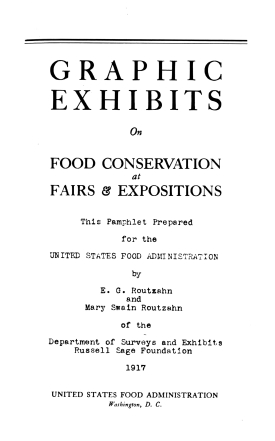
Wrecked
About This Book
“The prevailing view holds that union power and unreasonable demands by workers are responsible for the decline of the U.S. auto industry. In this compellingly argued study, Murray and Schwartz challenge that narrative. The problem, Wrecked lucidly argues, is not workers’ actual power. The root of the problem is that U.S. manufacturers are totally unwilling to form a social contract with workers and their unions, choosing total company control despite the fact that means increased costs and decreased flexibility. Anyone interested in reviving U.S. manufacturing needs to read this book.”
—DAN CLAWSON, professor of sociology, University of Massachusetts, Amherst
“It’s almost a truism to lay the decline of the American auto industry at the feet of the trade union movement—for demanding too much, not working hard enough, and in so doing, reducing the competitiveness of the Big Three automakers. But in this brilliant book, Josh Murray and Michael Schwartz place the blame back where it belongs—on the managers and owners and their investment decisions. Whereas Japanese competitor firms based their production model on increasing labor productivity, the Big Three turned increasingly to a low-wage, low-cost model—which quickly lost ground to rival producers. The result has been nothing short of catastrophic for millions of workers in the heartland of American manufacturing. Wrecked sets the record straight. It will take its place as a classic in economic sociology.”
—VIVEK CHIBBER, professor of sociology, New York University
At its peak in the 1950s and 1960s, automobile manufacturing was the largest, most profitable industry in the United States and residents of industry hubs like Detroit and Flint, Michigan had some of the highest incomes in the country. Over the last half-century, the industry has declined, and American automakers now struggle to stay profitable. How did the most prosperous industry in the richest country in the world crash and burn? In Wrecked, sociologists Joshua Murray and Michael Schwartz offer an unprecedented historical sociological analysis of the downfall of the auto industry. Through an in-depth examination of labor relations and the production processes of automakers in the U.S. and Japan both before and after World War II, they demonstrate that the decline of the American manufacturers was the unintended consequence of their attempts to weaken the bargaining power of their unions.
Today Japanese and many European automakers produce higher quality cars at lower cost than their American counterparts thanks to a flexible form of production characterized by long-term sole suppliers, assembly and supply plants located near each other, and just-in-time delivery of raw materials. While this style of production was, in fact, pioneered in the U.S. prior to World War II, in the years after the war, American automakers deliberately dismantled this system. As Murray and Schwartz show, flexible production accelerated innovation but also facilitated workers’ efforts to unionize plants and carry out work stoppages. To reduce the efficacy of strikes and combat the labor militancy that flourished between the Depression and the postwar period, the industry dispersed production across the nation, began maintaining large stockpiles of inventory, and eliminated single sourcing. While this restructuring of production did ultimately reduce workers’ leverage, it also decreased production efficiency and innovation. The U.S. auto industry has struggled ever since to compete with foreign automakers, and formerly thriving motor cities have suffered the consequences of mass deindustrialization.
Murray and Schwartz argue that new business models that reinstate flexible production and prioritize innovation rather than cheap labor could stem the outsourcing of jobs and help revive the auto industry. By clarifying the historical relationships between production processes, organized labor, and industrial innovation, Wrecked provides new insights into the inner workings and decline of the U.S. auto industry.
JOSHUA MURRAY is Assistant Professor of Sociology at Vanderbilt University.
MICHAEL SCHWARTZ is Distinguished Teaching Professor of Sociology at Stony Brook University.

